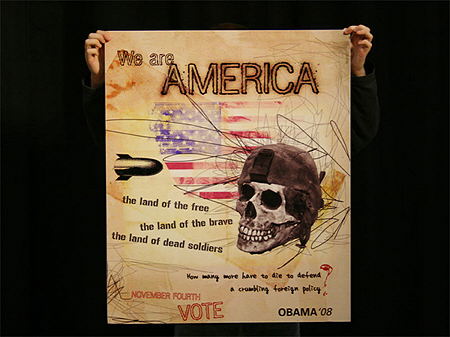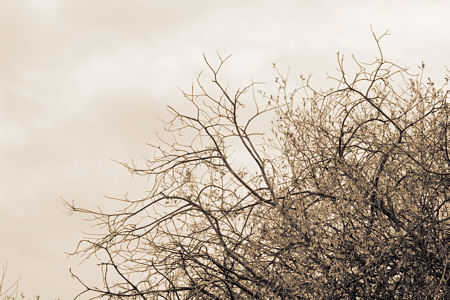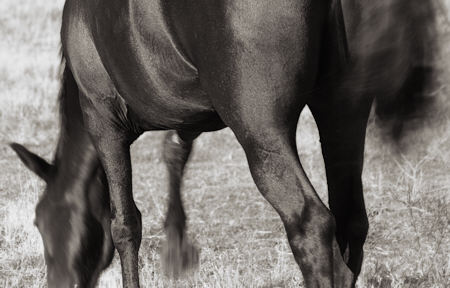Posted by Steve Durbin on February 7th, 2009
What is graphic design? I hear this question all the time from family, friends, classmates, etc… It’s a hard question to answer, and somewhere along the line we begin to be simple and state: “Graphic design is the designing of graphics.” Unfortunately, this term is so vague and overdone that it leads to such simplistic definitions. That is not the reality.

more… »
Posted by Steve Durbin on February 3rd, 2009
I’ve been too busy too long, but I have accomplished one thing the last few weeks: with another artist, Kerry Corcoran, I submitted a proposal for an exhibit at a local public space. I got the idea when I realized that Kerry and I found the same subjects appealing: trees, especially bare ones. But we work in such different media—printmaking and photography—that the show becomes as interesting for the contrast of approach as for the intrinsic interest of the subject. Following are images from the abbreviated application (some of mine may look familiar from my Cottonwood series); the actual show (if accepted) would have about twice as many. For the moment, we’re calling it In Praise of Trees.
1
2
more… »
Posted by Steve Durbin on January 4th, 2009
I’ve been photographing horses for well over a year now, and I’m feeling it’s time to put together a show, or at least a portfolio. I would be happy just continuing to make photographs indefinitely, but I’d be happier grappling with the work in another way as well, reviewing it and thinking about it and looking for themes or ideas. A few thoughts have been mentioned in previous posts, but none has risen to the level of forming the backbone of a potential statement. Perhaps the most striking thing to emerge from my photographs is a lack of interest in anything resembling a classic, noble, iconic western horse. In fact, I notice that none of the images selected for this post even depicts an entire animal (though I have some that do).
One thing I realized in the course of the recent Morandi discussions is that the edges of the bodies are often blurred, or more generally obscured, either through intervening snow or grass…
more… »
Posted by Steve Durbin on December 2nd, 2008

It’s been instructive to continue experimenting with photography à la Morandi: not attempting to imitate, but rather to explore some of the themes he seems to be working with, or at least what I find myself working with as I go about it. One thing I realized looking at more of his pictures, both online at the Metropolitan and the Morandi Museum, and also in a book found at the library, is that he was often interested in the modeling of masses by the light falling on him. This was contrary to my impression from the quite flat images that seem to be more common. Perhaps working in both modes was his own form of experimentation.
more… »
Posted by Steve Durbin on November 28th, 2008

Birgit’s post and subsequent discussion on Giorgio Morandi has inspired me to try my hand at the same subject using photography. Not with the goal of trying to create an imitation Morandi, but more as an exploration for myself of some of the same ideas I see and enjoy in his paintings. I don’t claim these are necessarily Morandi’s ideas, but I think the process will certainly help me understand his work better. Essentially, I am taking up again the concept of studio as laboratory.
more… »
Posted by Steve Durbin on November 10th, 2008

On a recent outing for another purpose, I found myself taken by the slender, skyward-reaching branches of the small trees I was among. I think it was the gray sky and the light drizzle that did it. It was a chill day, not unlike early spring, and I half remembered a William Carlos Williams poem which I’ve been unable to find. In searching, however, I came across The Botticellian Trees in Selected Poems, and the first part seemed to partially fit the subject:
more… »
Posted by Steve Durbin on October 28th, 2008

Recent posts here on the topic of edges and their sharpness (or not) have been finding echoes in other places. For example, I’ve just read the intriguing but peculiar short story by Balzac, entitled The Unknown Masterpiece, which I learned of by reading that Picasso was asked to illustrate an edition. He (P) was apparently fascinated enough that he rented a studio in Paris thought to figure in the story; that’s where he painted Guernica.
more… »






